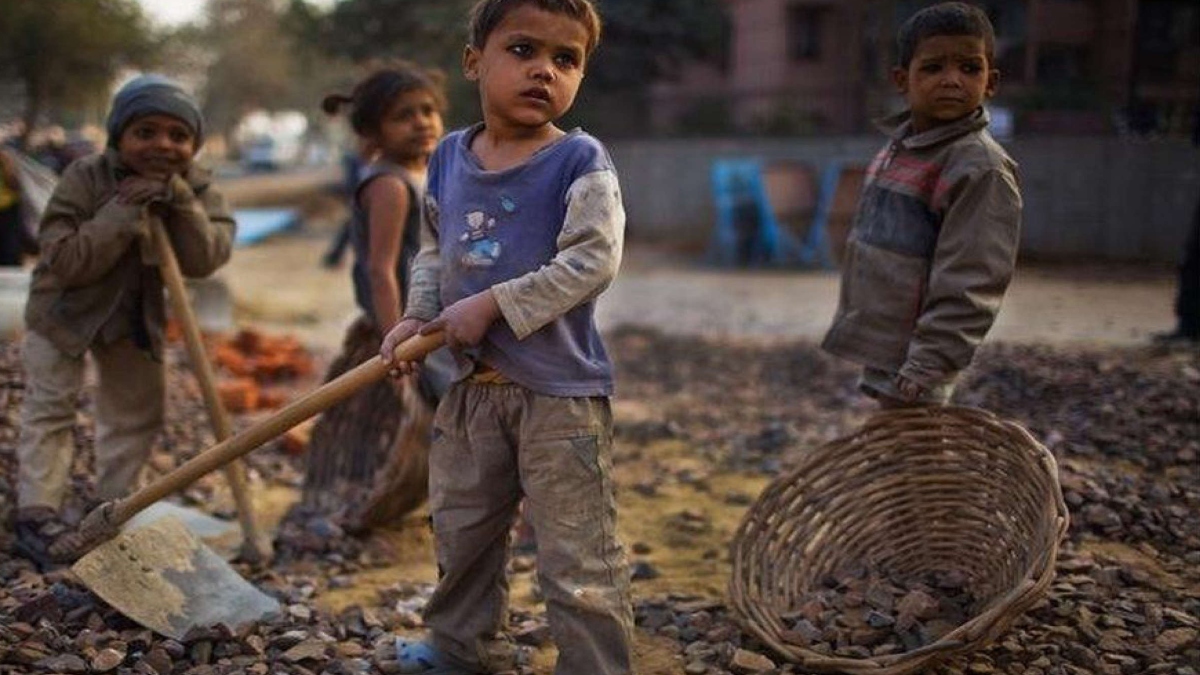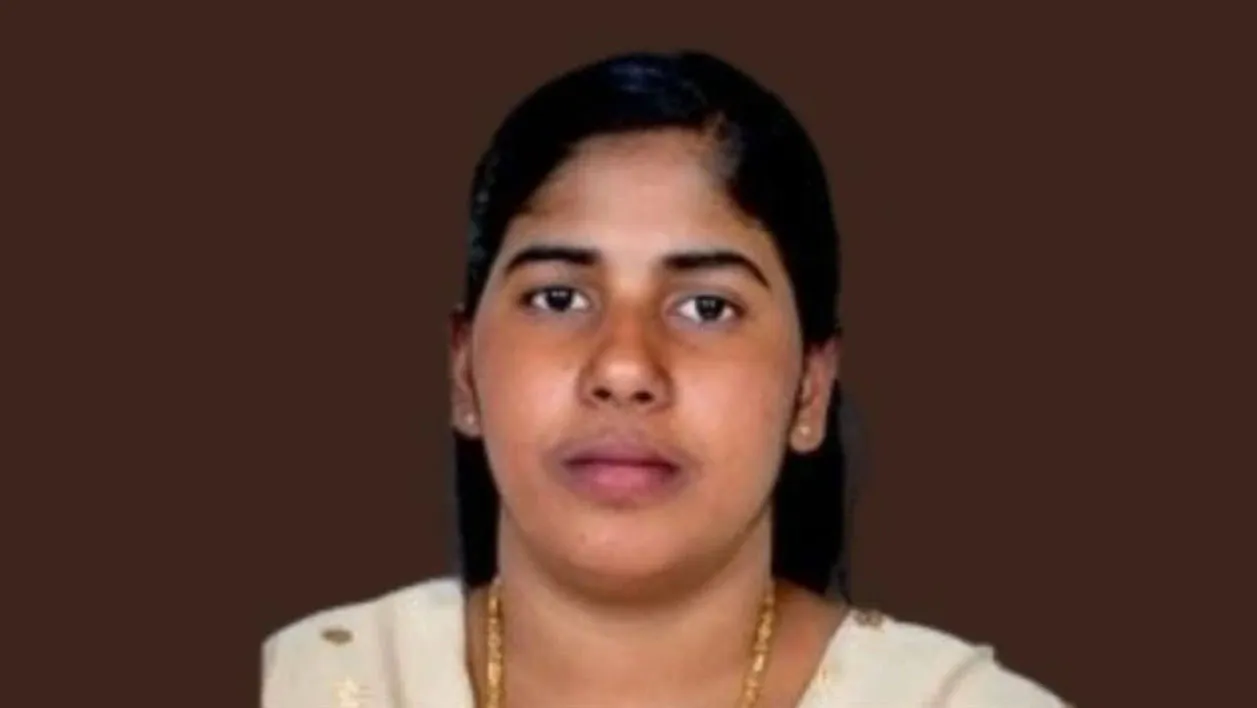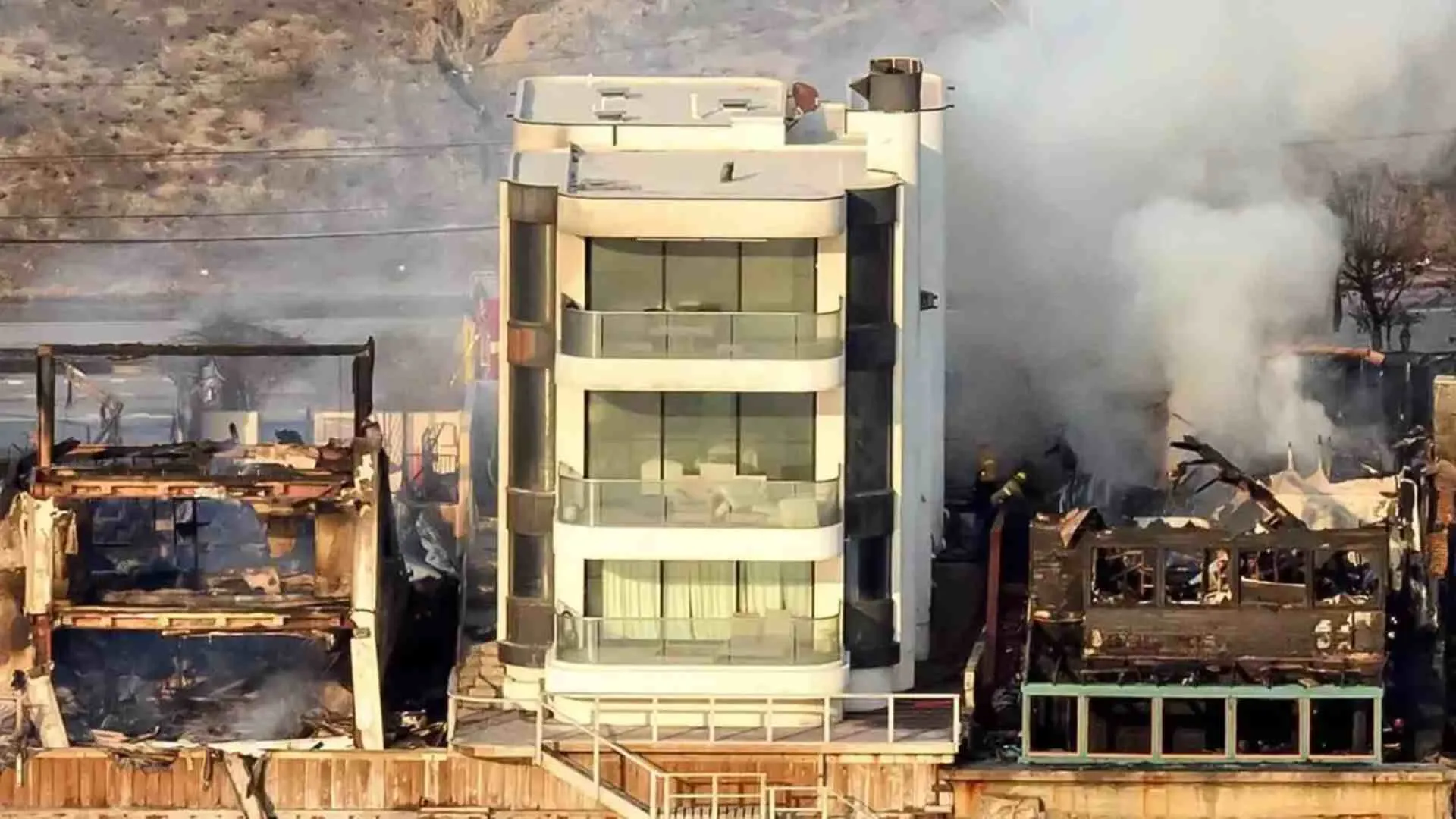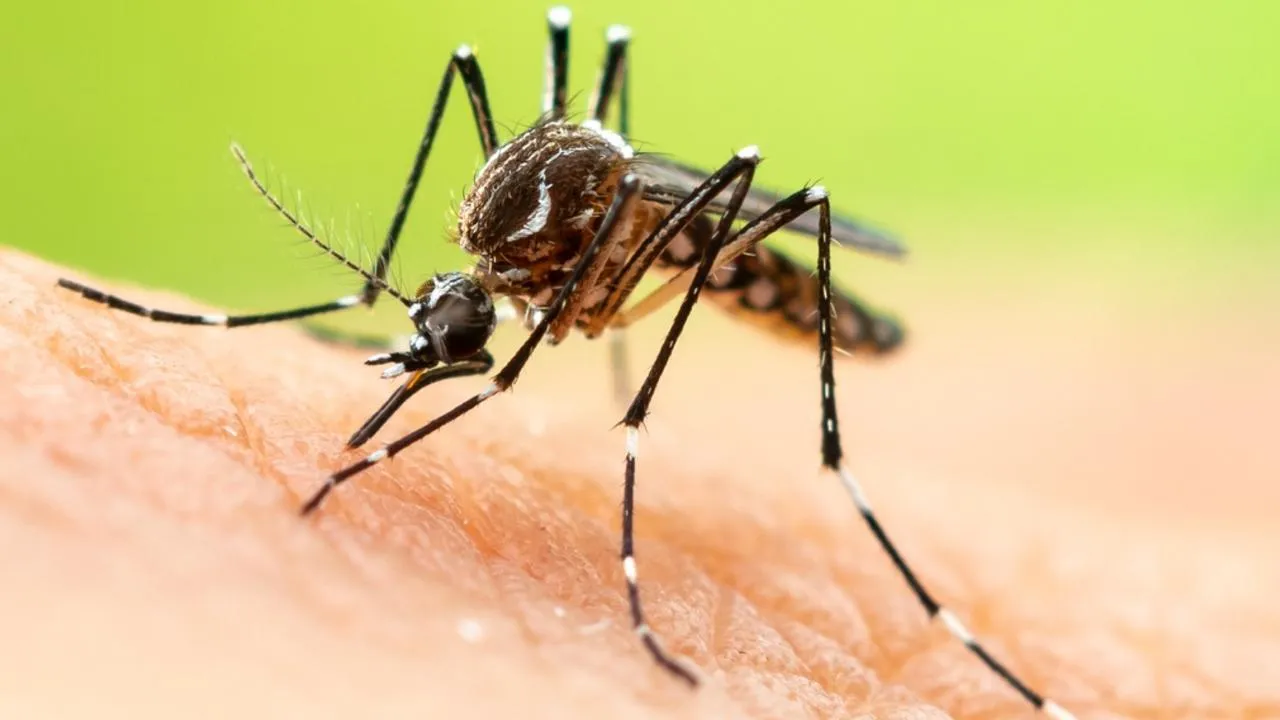Child labour is a Socio-economic Problem and it is one of the challenges for a developing nation. To handle this challenge the government has provided many constitutional as well as legal rights. However, the key issue of child labour has not been addressed properly. The government in the year 2016 adopted the Progressive approach and amended the child Labour by introducing Child Labour and Prohibition (Amendment) Act, 2016. The Act receives the president’s assent on 29th of July, 2016. However, still the loopholes exist in the recent Act.


AMENDMENT OF 2016 AND ITS IMPACT: AN ANALYSIS
The 2016 amendment changes many things, which has a great impact on the Society. For instance, Before the Amendment of 2016, Children Below the age of 14 years were allowed to work in occupation except for 18 occupations and 65 processes but after the amendment of 2016, it completely prohibited the employment of children who are below the age of 14 years. This change has a direct effect on the society. This change will definitely ensure that all the children who are below the age of 14 years are in the school as per the Right to education act.
Further, before the amendment, Children who were below the age of 14 years were not provided with any help after their school hour but the 2016 amendment addressed this issue and it allowed the children to work only after their school hour or during their vacations. This will lead to the development of their traditional skills. Moreover, before the 2016 amendment, Children below the age of 14 years were permitted to work in family Business or occupation in both the hazardous and non-hazardous. However, after the amendment children below the age of 14 years are allowed to work in family Business or enterprises only if the said business or enterprises is non-hazardous. This change will protect the health of the children and it will ensure that the children are wellbeing. Furthermore, children will be allowed to work only if it is safe. Moreover, before this amendment the children were able to work in their family business even if it didn’t belong to the child’s family. But after the amendment, the children are allowed to work in family business even if it didn’t belong to the child’s family. However, the occupation should be ‘non-hazardous.’ Another change which took place by virtue of this amendment is pertaining to ‘Adolescents’. Before the amendment, Children who belong to above the age of 14 years were not prohibited on employment. However, After the amendment, Children between the age of 14-18 years have been categorized as Adolescents and they are prohibited to work in hazardous occupations. This amendment will Protect the adolescent’s health. Furthermore, Earlier the Adolescents were not provided with any working regulations regarding working hours and conditions. However, the amendment addressed this issue and it has Regulated working conditions for adolescents who are working in non-hazardous occupations. This change plays a vital role in protecting the Adolescent from exploitation who are working in non-hazardous occupations.
Moreover, Before the amendment, merely Schedule of 18 occupations and 65 processes were applicable for a child which tells that where a child cannot work and after the amendment, A child can’t work in any occupation. Moreover, the list of prohibited occupations has been made infinite. This amendment will have a significant impact as There is a complete ban on work and not just on the 18 occupations and 65 processes. Furthermore, before the amendment, no provision was there to provide a positive list of occupations where an adolescent can work. However, the amendment of 2016, addressed this issue and it provides that the government can provide a positive list of non-hazardous occupations where an adolescent can work and a child can be engaged. The impact of this amendment will be that this provision will allow the Government to restrict the employment of adolescents in occupations which have been categorized as a non-hazardous.
Furthermore, the legislation has also amended the nature of offence. Earlier before the amendment contravention of the provisions were non-cognizable offence. However, After the amendment, the contravention of provisions falls under the category of cognizable offence. The impact of this amendment is that there will be no need of the approval from the DM to take action on the FIR, when the child labour law gets violated. Moreover, the new amendment has also created accountability to the officers, which was lacking in the earlier act. Before the amendment, no officer was held responsible for the implementation of the Act. But, After the amendment District Magistrate or a subordinate officer can be made responsible for enforcement. Furthermore, he can be conferred with such powers. The impact of this amendment is that the Provision for laying specific responsibility on the designated Officer for violating the provisions of the Act creates accountability and it will ensure better enforcement. Another important change which took place after the amendment was that Earlier there were no Provision which deals with the rehabilitation fund for the rescued children. However, After the amendment, Statutory provision were inserted for a child adolescent labour rehabilitation fund with contribution of appropriate Government. The impact of this amendment is that the provision for a rehabilitation fund will ensure that the child/adolescent is not only rescued but his/her future is secured by the amount collected in the fund. Furthermore, this amount can be used for the education and welfare of the rescued child.
IS CHILD LABOUR AND PROHIBITION AMENDMENT ACT 2016, EFFICENT ENOUGH TO DEAL WITH THE KEY CHALLENGES OF CHILD LABOUR?
We have already discussed the amendment of 2016, and have compared it with the earlier existing law, and the effect of the amendment. However, the question before us is whether does child labour and prohibition amendment act of 2016, is efficient enough to deal with the key challenges involves in child labour? There is no doubt that the amendment was the dire required in the current scenario. However, the answer is No. There are many provisions which we must welcome. However, all the key changes are not acceptable and it leaves many drawbacks. For instance, the amendment changes the definition of ‘parents’ and has broadened the term which is a concern in itself. This definition is in contravention of the Juvenile Justice Act, 2000 which makes it punishable for anyone who employs a child in hazardous occupations. Furthermore, it is also in contravention of the International Labour Organization minimum age convention and UNICEF Convention on child rights. Here it is also notable that, India is a signatory of all the conventions mentioned above and hence it has also a binding effect.
Furthermore, Section 3 to 5 of the Child Labour and Prohibition amendment act, 2016 allows the children to work in family enterprises. However, the drawback of these sections is that the legislation has not defined the hours of work with family. This will definitely defeat the purpose of the legislation. The children will be engaged only to the traditional work and this can lead to a hamper on his education. The legislation must have to frame the time limitation for these sections.
Furthermore, the legislation itself permits child labour. However, it is subject to certain conditions. But the thing is that the conditions imposed are easily vulnerable. The permission to work after the school hour will definitely impose an additional burden on the child both physically and mentally. Moreover, this is also in contravention of Article 21 of the Indian Constitution which deals with the Right to good health. Moreover, Section 14 (3) talks about the compounding of offense committed for the first time or any offence committed by a person being parent or guardian on payment of such amount will lead to encouragement to violate the law. Furthermore, the list of hazardous occupations for children has been reduced from 83 to 3 which only includes Mining, Explosives, and Hazardous process. This concludes that the work on chemical mixing units, cotton farms, etc. has been dropped. Furthermore, In India, a large number of people are dependent on agriculture. The legislation permits to work there, therefore it may lead to the defeat of the legislation as the children at a large scale may be involved in this work.























